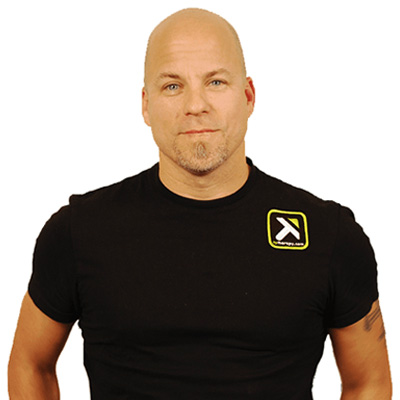How To Be A Chief Financial Entrepreneur
with Diana House
Video:
Audio:
with Guest Diana House: MakingBank S3E52
It’s time to do the scary thing. According to Diana House, the number one problem most entrepreneurs suffer from is not looking at their finances. Pull off the band-aid, because if you don’t know what’s going on, you can’t improve it — you might even find undiscovered profit possibilities, and everyone likes free money!
The first step is obvious — look at your finances. Comb through and figure out what the numbers are, organize them in such a way that you can see what’s actually happening. Then take a look at the story of your business. Sometimes just taking a look at the big picture will make what you need to do next abundantly clear, but in the case that it doesn’t, examine where you are spending money.
Dumb Money
Diana has found a couple of ‘dumb money’ trends in 2019 that bleed a company and prohibit healthy growth. These aren’t inherently bad areas to spend money, but they are places people can get carried away and forget to evaluate the return on their investment.
Professional Development — This can be really beneficial to your business growth, but don’t fall victim to entrepreneurial FOMO and commit yourself to every single event/mastermind/conference. Make strategic choices about the development you invest in, keeping in mind that the money you save by resisting the urge to jump in on every little thing can be put to profit instead.
Overpriced VA’s — Don’t pay a VA $50 an hour to do a $15 an hour admin task. You absolutely need to outsource, your time is valuable ($10k an hour according to Dan Martell) and it makes sense to spend $50 an hour on very specialized VAs — they only work a couple of hours a week and have a specific set of skills you need, but don’t overpay for basic recurring admin tasks.
Advertising — Once again, not an inherently bad thing to invest in, but you have to monitor the return. There’s no point throwing tens of thousands of dollars at Facebook ads that aren’t paying out. If you’re spending money on advertising, you have to spend time monitoring it to make sure it’s actually doing something for you.
The Hierarchy of Business Finance
Diana broke down the three basic levels in the hierarchy of business finance:
Level One = Compliance You’re accountant and bookkeeper do what they need to do to comply with the IRS and you stay out of jail.
Level Two = Cash Flow Systems You have some sort of system in place to manage your business’ profits and you know what is in your bank account…essentially you have a budget.
Level Three = Analysis This is where you want to live. You know the story of your business financials and because of that are able to see trends, run your business smarter, grow faster, and keep more profit. THIS is where you get dangerous.
To maximize this level you need to know who you need on your finance team. At the beginning, you can absolutely leverage your bookkeeper and administrative finance team to do more. If you have a bookkeeper and an accountant from the beginning you will save money in the long term (entrepreneurs spending their time in Quickbooks are not spending their time doing $1k an hour tasks).
The second thing you need to operate at this level is access to your financial statements, profit, and loss balance sheet, etc. They need to be organized and formatted in such a way that you can read them and get enough of a picture to make decisions from the finances. Once you have these pieces in place you’re ready to function as a Chief Financial Entrepreneur and get dangerous with your finances.
Now you know the theory behind Diana’s CFE method. To dive deeper and learn her Top 10 Profitability Tips — head to www.DianaHouse.com.
Topics
- Accelerated Learning
- Artificial Intelligence
- Become Present
- Blockchain
- Branding
- Business
- Education
- Entrepreneurship
- Family
- Finance
- Health
- Health & Wellness
- Internet Marketing
- Investing
- Leadership
- Lifecoach
- Marketing
- Negotiation
- Performance
- Productivity
- Publicity
- Real Estate
- Sales
- Sales Success Habits
- Video Marketing
- Writing

















